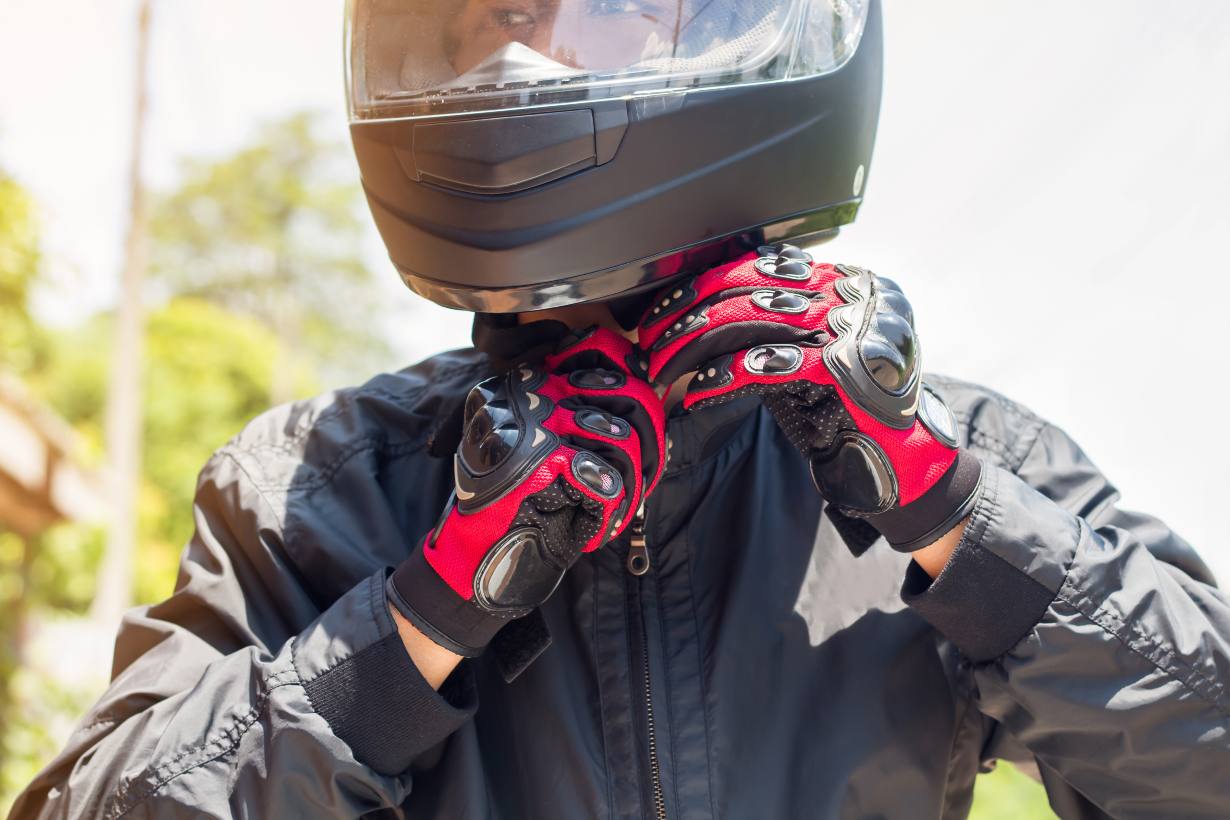Why Choose a Bluetooth Bicycle Helmet?
Bluetooth bicycle helmets enhance the cycling experience by allowing seamless connectivity on the go. This is especially beneficial for commuting, long-distance rides, or casual cycling when you might need navigation assistance, entertainment, or the ability to communicate without stopping.
- Hands-Free Communication: Bluetooth helmets enable you to answer calls or send voice messages without reaching for your phone. This keeps your hands on the handlebars, increasing both convenience and safety.
- Built-in Music and Navigation: With Bluetooth audio, you can listen to music or follow GPS directions directly through the helmet’s speakers, eliminating the need for headphones that may block surrounding sounds.
- Rider-to-Rider Communication: Many Bluetooth helmets have intercom capabilities, allowing you to communicate with fellow riders within a certain range. This feature is especially useful for group rides or families cycling together.
Key Features of Bluetooth Bicycle Helmets
- Bluetooth Connectivity
- Most Bluetooth helmets use standard Bluetooth technology, connecting easily to smartphones and compatible devices. This allows you to pair the helmet with apps for music, navigation, calls, and more.
- Some models come with app integrations that offer additional features, such as battery monitoring, walkie-talkie functions, and firmware updates.
- Built-in Speakers and Microphone
- Open-Ear Speakers: Many Bluetooth helmets have open-ear speakers positioned near your ears, allowing you to hear audio without blocking environmental sounds. This design helps maintain spatial awareness, which is crucial for safety.
- Noise-Canceling Microphone: High-quality Bluetooth helmets come with a noise-canceling microphone, which reduces wind and background noise, ensuring clear audio during calls.
- Battery Life
- Battery life varies by helmet, but most models offer between 8-12 hours of continuous use on a single charge. Some helmets also feature a standby mode to conserve power when not in use.
- Charging time is typically 1-3 hours, depending on the model. For long-distance or daily commuters, quick-charge options may be especially useful.
- Safety Standards and Certifications
- Like any bike helmet, a Bluetooth helmet should meet standard safety certifications, such as CPSC (U.S.) or EN 1078 (Europe), ensuring it offers reliable impact protection.
- Some models also incorporate MIPS technology (Multi-directional Impact Protection System), which provides additional protection from rotational forces in the event of an accident.
- Visibility and Lighting Features
- Many Bluetooth helmets come with integrated LED lights, which improve visibility and add an extra layer of safety, especially in low-light conditions. Some even allow you to control the light patterns via a mobile app.
- Advanced models include turn signal indicators that can be activated through a handlebar remote, providing clear signals to other road users when you’re turning or stopping.
- Comfort and Fit
- Bluetooth helmets typically come with adjustable fit systems, such as a rear dial or adjustable straps, to ensure a secure fit.
- Look for helmets with ample ventilation to stay cool during rides, as Bluetooth helmets may be slightly heavier than standard helmets due to built-in tech components.
Types of Bluetooth Bicycle Helmets
- Standard Bluetooth Helmets
- These helmets are ideal for everyday riders, commuters, and those who want basic Bluetooth functionality, such as music and call capabilities. They prioritize a balance of comfort, safety, and connectivity.
- Smart Helmets with Advanced Features
- Smart helmets offer additional tech features beyond Bluetooth, including GPS tracking, ride statistics, and crash detection. These helmets are suitable for tech-savvy cyclists who want an enhanced experience.
- Some smart helmets even alert emergency contacts in the event of a fall or collision, making them a good option for solo riders or those concerned about roadside safety.
- Multi-Sport Bluetooth Helmets
- These helmets are designed for more than just biking; they’re suitable for activities like skateboarding or rollerblading as well. They typically feature a sturdier build, often with fewer vents, making them versatile for various sports.
Pros and Cons of Bluetooth Bicycle Helmets
Pros:
- Hands-Free Functionality: Bluetooth helmets allow riders to answer calls, use navigation, and listen to music hands-free, improving safety and convenience.
- Increased Safety: Integrated lights, turn signals, and visibility features enhance safety on the road, especially in traffic or during low-light conditions.
- Group Communication: With intercom features, cyclists in a group can stay connected without needing to stop or yell, making group rides more enjoyable and coordinated.
Cons:
- Heavier than Standard Helmets: Due to the technology components, Bluetooth helmets tend to be heavier than traditional bike helmets, which may be noticeable during longer rides.
- Battery Management: Like any electronic device, Bluetooth helmets need charging, which can be inconvenient if you forget to charge before a ride.
- Higher Price Point: Bluetooth helmets are generally more expensive than standard helmets, with prices increasing for models that include additional smart features.
How to Choose the Best Bluetooth Bicycle Helmet
When selecting a Bluetooth helmet, consider your primary needs, budget, and the type of riding you do.
- Purpose and Riding Style: If you’re a commuter, look for a Bluetooth helmet with a good battery life and visibility features. For recreational riders, standard Bluetooth capabilities with music and navigation may be enough.
- Battery Life and Charging Time: If you ride frequently or on long commutes, choose a helmet with a longer battery life. Quick-charge capabilities can also be helpful if you’re on a tight schedule.
- Safety Features: Ensure the helmet meets all safety certifications, and consider models with MIPS if you want added protection. For urban riding, a helmet with turn signals or built-in lights is ideal.
- Comfort and Fit: Choose a helmet that is lightweight, well-ventilated, and has an adjustable fit. Comfort is crucial, especially for longer rides, so try on a few options to find one that feels secure and comfortable.
Maintenance Tips for Bluetooth Helmets
To ensure your Bluetooth helmet lasts and performs well, follow these maintenance tips:
- Charge Regularly: Make it a habit to charge your helmet after each ride or before long trips. Check the user manual for specific charging instructions and recommended charging intervals.
- Clean with Care: Avoid using water directly on the electronics. Use a damp cloth to wipe the outer shell and a soft, dry cloth for the interior. Avoid harsh chemicals that could damage the helmet.
- Store in a Cool, Dry Place: Store your helmet away from direct sunlight and moisture, as these can affect both the tech components and the helmet’s materials.
Popular Bluetooth Helmet Brands
Several brands offer quality Bluetooth helmets with various features. Here are some top names to consider:
- Sena: Known for its robust communication systems, Sena’s helmets offer high-quality intercom features and clear audio, making them popular among group riders.
- Lumos: Lumos helmets are famous for their bright LED lighting systems, including turn signals and brake lights, along with Bluetooth functionality. They’re a great choice for commuters who prioritize visibility.
- Coros: Coros offers lightweight helmets with excellent battery life, GPS tracking, and open-ear audio. Their helmets are popular for both commuting and road cycling.
- Livall: Livall helmets combine Bluetooth connectivity with smart features like SOS alerts, walkie-talkie functions, and built-in lights, making them versatile and practical for urban cyclists.
Conclusion
Bluetooth bicycle helmets offer a blend of safety, convenience, and connectivity, making them an excellent investment for modern cyclists. Whether you’re looking for hands-free communication, music, navigation, or enhanced visibility, a Bluetooth helmet can elevate your cycling experience.
By focusing on safety features, comfort, and the specific features that suit your riding style, you can find the ideal Bluetooth helmet for every journey, helping you ride safely, stay connected, and make the most of your time on the road.









